Best Small Trees For Front Yards
Title: Best Small Trees for Front Yards
Introduction:
Front yards are the first thing people see when they visit your home, so it's important to choose trees that will make a good impression. If you have a small front yard, you may think you're limited in your options, but there are actually many great small trees that can add beauty and interest to your space.
In this blog post, we will discuss some of the best small trees for front yards. We will cover a variety of factors to consider when choosing a tree, such as size, growth rate, climate, and hardiness. We will also provide some tips on how to plant and care for small trees.
Main Content:
Size
The first thing to consider when choosing a small tree for your front yard is size. How much space do you have? If you have a very small front yard, you'll want to choose a tree that will only grow to be 10-15 feet tall. If you have a bit more space, you could choose a tree that grows to be 20-30 feet tall.
Growth Rate
Another important factor to consider is growth rate. If you want a tree that will add instant height and shade to your front yard, you'll want to choose a fast-growing tree. However, if you're willing to wait a few years for your tree to mature, you can choose a slower-growing tree that will last longer.
Climate and Hardiness
The climate in your area is another important factor to consider when choosing a small tree. Some trees are only hardy in certain climates, so it's important to do your research before you plant. You can find this information on the plant tag or by doing a quick online search.
Other Considerations
In addition to size, growth rate, and climate, there are a few other factors to consider when choosing a small tree for your front yard. These include:
- Sunlight requirements: How much sunlight does your front yard get? Some trees need full sun, while others can tolerate partial shade.
- Water needs: How much water does your front yard get? Some trees need regular watering, while others are more drought-tolerant.
- Maintenance requirements: How much time are you willing to spend maintaining your tree? Some trees require more pruning and care than others.
Tips for Planting and Caring for Small Trees
Once you've chosen the perfect small tree for your front yard, it's important to plant it correctly and care for it properly. Here are a few tips:
- Plant your tree in the right spot. Make sure the spot gets the right amount of sunlight and has well-drained soil.
- Water your tree deeply and regularly, especially during the first few years after planting.
- Fertilize your tree according to the directions on the fertilizer label.
- Prune your tree as needed to maintain its shape and size.
Conclusion
Small trees can be a great addition to any front yard. They can add beauty, interest, and shade to your space. By considering the factors we've discussed in this blog post, you can choose the perfect small tree for your home.
Are you looking for small trees for your front yard? There are many great options available, but it can be hard to know where to start. That's why we've put together this guide to the best small trees for front yards.
In this guide, we'll cover everything you need to know about choosing the right small tree for your home, including:
- The different types of small trees available
- The size and growth rate of each type of tree
- The climate and soil conditions that each type of tree prefers
- The amount of sunlight and water each type of tree needs
We'll also provide a list of our top 10 favorite small trees for front yards, along with links to more information about each tree.
So whether you're looking for a small tree that provides shade, a small tree that blooms in the spring, or a small tree that's just plain beautiful, we've got you covered.
To learn more about small trees for front yards, visit our website: Home Gardening.
FAQ of small trees for front yard
- What are some good small trees for a front yard?
There are many good small trees for a front yard, depending on your climate, soil conditions, and desired aesthetic. Some popular options include:
* Crabapple trees: These trees are known for their beautiful spring flowers and colorful fall foliage. They grow to be about 15-25 feet tall and 10-15 feet wide.
* Japanese maples: These trees are prized for their delicate leaves, which can turn a variety of colors in the fall. They grow to be about 10-20 feet tall and 10-15 feet wide.
* Redbuds: These trees are native to North America and have beautiful pink or white flowers in the spring. They grow to be about 15-25 feet tall and 10-15 feet wide.
* Flowering dogwoods: These trees are known for their showy white or pink flowers in the spring. They grow to be about 20-30 feet tall and 20-30 feet wide.
* Dwarf evergreens: If you're looking for a small tree that will provide year-round privacy, consider a dwarf evergreen such as dwarf arborvitae, dwarf cypress, or dwarf pine. These trees typically grow to be 6-10 feet tall and 3-5 feet wide.
- How much space do small trees need?
The amount of space a small tree needs will vary depending on the specific type of tree. However, as a general rule of thumb, you should allow at least 3-5 feet of space between the tree and any other structures or plants. You should also consider the mature size of the tree when choosing a location. For example, a crabapple tree that grows to be 25 feet tall will need more space than a dwarf Japanese maple that only grows to be 10 feet tall.
- What climate conditions are best for small trees?
When choosing a small tree for your front yard, it's important to consider the climate conditions in your area. Some trees are more tolerant of cold weather, while others are better suited for warm climates. You should also consider the amount of sunlight your front yard receives. Some trees need full sun, while others can tolerate partial shade.
- How much care do small trees need?
The amount of care a small tree needs will vary depending on the specific type of tree. However, most small trees will need regular watering, especially during the first few years after planting. You may also need to fertilize your tree every few months. In addition, you should prune your tree as needed to maintain its shape and size.
- What are some potential problems with small trees?
Small trees can be susceptible to a variety of pests and diseases. It's important to inspect your tree regularly for signs of problems. If you see any pests or diseases, you should treat them immediately. In addition, small trees can be damaged by strong winds or heavy snow. If you live in an area with extreme weather, you may need to take steps to protect your tree.
Image of small trees for front yard
- Dwarf apple tree. This tree can grow to be 6-8 feet tall and produces delicious apples. It is hardy in zones 3-9 and prefers full sun and well-drained soil.
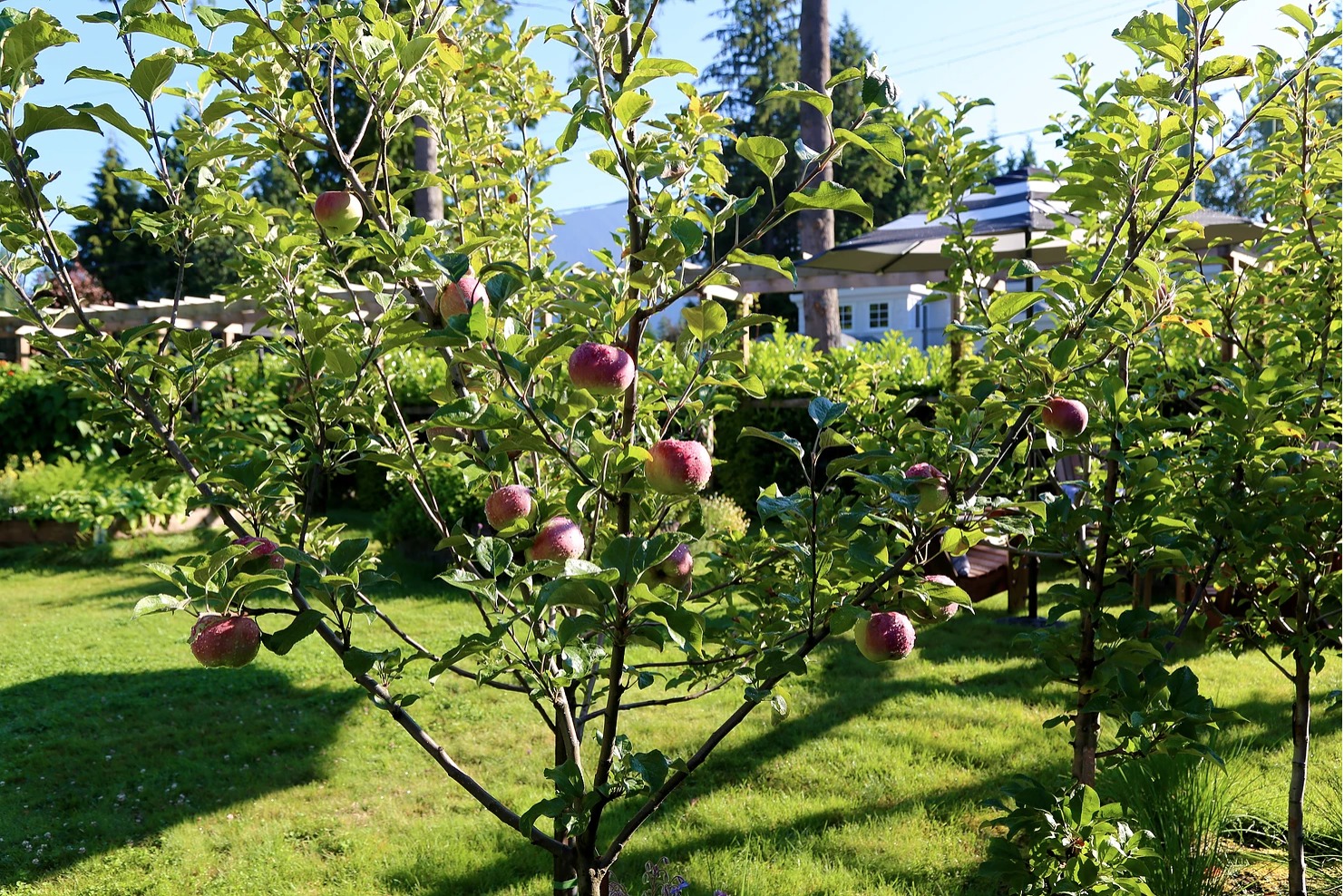
- Dwarf cherry tree. This tree can grow to be 8-10 feet tall and produces beautiful pink or white flowers in the spring. It is hardy in zones 4-9 and prefers full sun and well-drained soil.
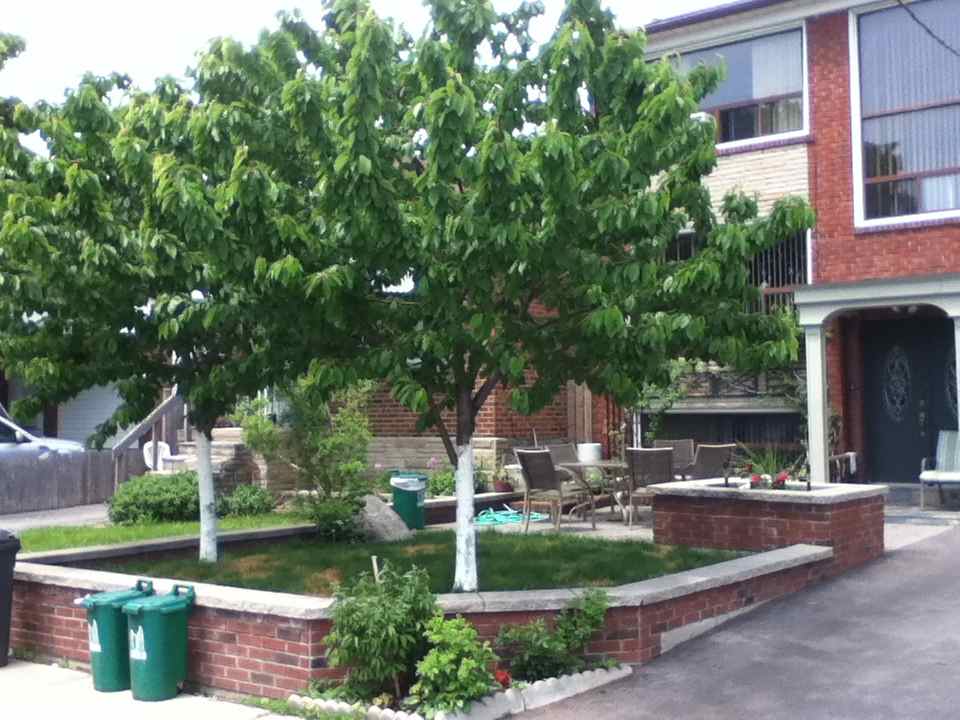
- Dwarf Japanese maple. This tree can grow to be 6-8 feet tall and has stunning fall foliage colors. It is hardy in zones 5-8 and prefers partial shade and moist, well-drained soil.
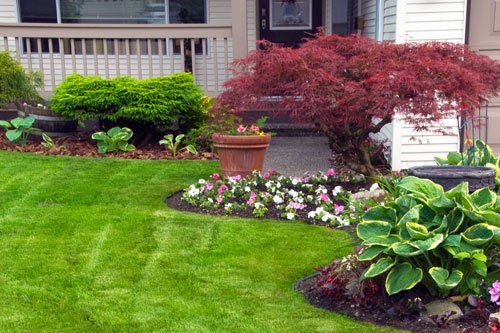
- Dwarf crape myrtle. This tree can grow to be 6-10 feet tall and produces colorful blooms in the summer. It is hardy in zones 7-9 and prefers full sun and well-drained soil.

- Dwarf dogwood tree. This tree can grow to be 8-10 feet tall and produces white flowers in the spring. It is hardy in zones 3-9 and prefers full sun and well-drained soil.
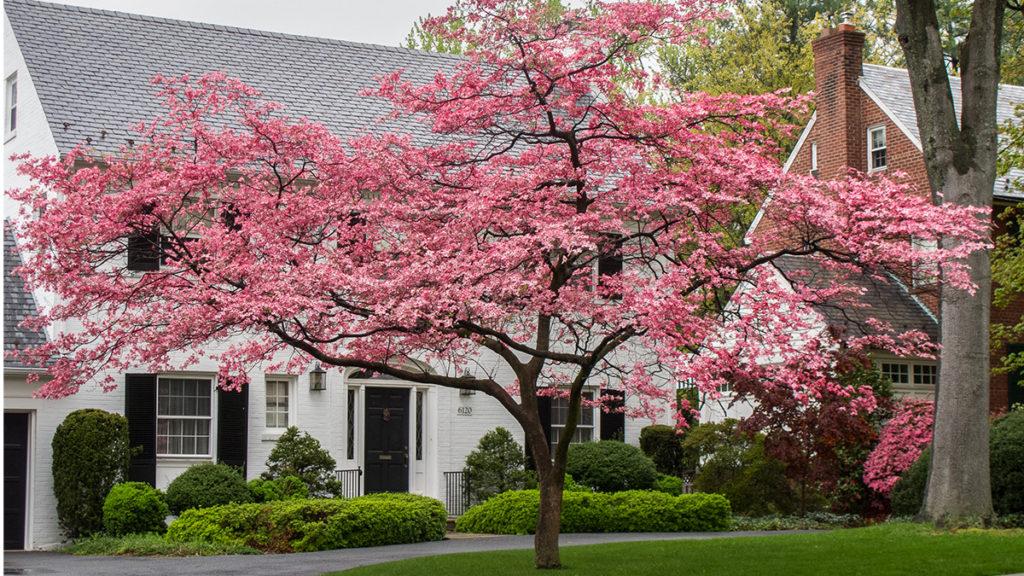
- Dwarf holly tree. This tree can grow to be 6-8 feet tall and has dark green leaves that stay on the tree year-round. It is hardy in zones 5-9 and prefers partial shade and moist, well-drained soil.
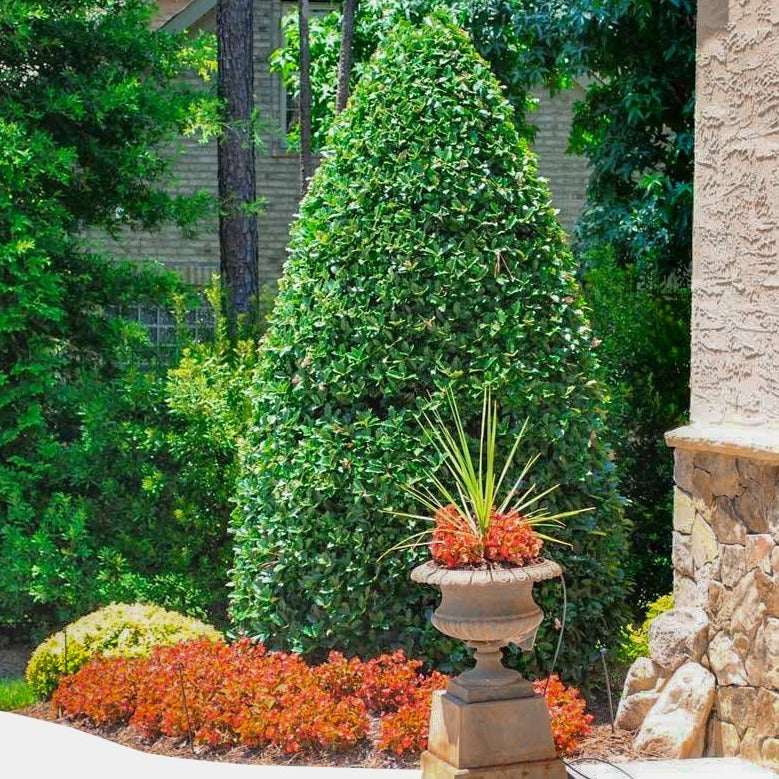
- Dwarf Japanese plum tree. This tree can grow to be 8-10 feet tall and produces delicious plums. It is hardy in zones 5-8 and prefers full sun and well-drained soil.
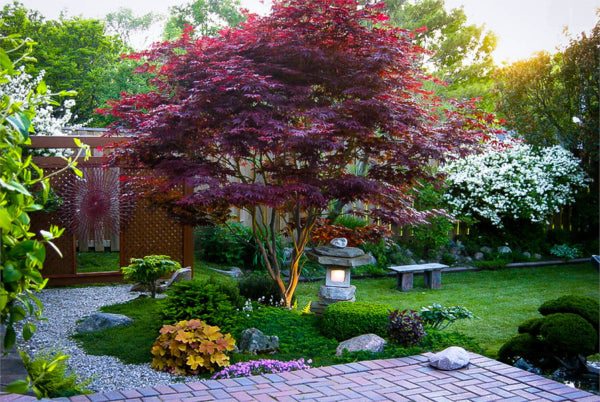
- Dwarf redbud tree. This tree can grow to be 10-12 feet tall and produces beautiful pink flowers in the spring. It is hardy in zones 4-8 and prefers full sun and well-drained soil.
- Dwarf southern magnolia. This tree can grow to be 6-8 feet tall and has fragrant white flowers in the spring. It is hardy in zones 7-9 and prefers full sun and well-drained soil.

- Dwarf weeping willow. This tree can grow to be 10-12 feet tall and has long, weeping branches. It is hardy in zones 4-9 and prefers full sun and moist, well-drained soil.
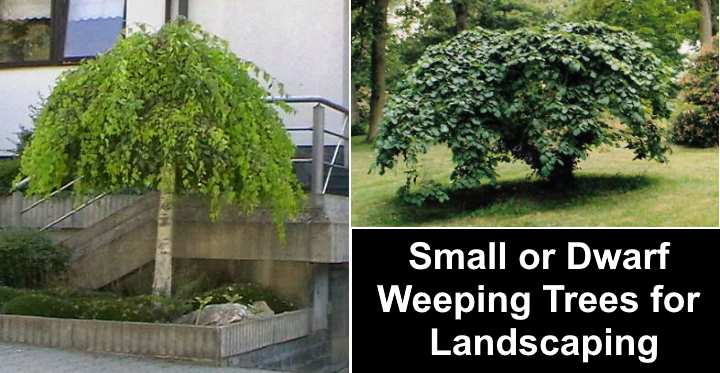
Post a Comment for " Best Small Trees For Front Yards"